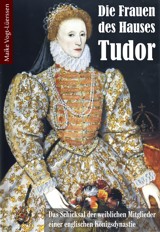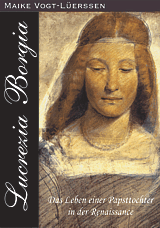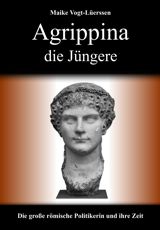Über seine Mutter Maria Calderón erfahren wir Folgendes: Philipps IV. wichtigster Minister Olivarez, der seinen König aus den Regierungsgeschäften heraushalten wollte und daher für reichlichen Zeitvertreib für Letzteren sorgte, ließ um 1526 die angesehensten Schauspieler und Schauspielerinnen in Spanien zum königlichen Schloss bringen, da sein König ein großer Liebhaber des Theaters war. "Among these was an actress, at that time about sixteen years of age, called Maria Calderona, who, though not remarkable beautiful, was the most graceful and fascinating creature in the universe, and was particularly distinguished by her admirable elocution. Philip had no sooner seen her on the stage, than he was smitten with her charms, and expressed a desire to hear her rehearse in private some of her most celebrated scenes. But this young actress had already captivated the heart of the accomplished Duke of Medina de-las-Torres ... and she entertained for him a reciprocal passion, she refused to listen to the proposals of the king unless her lover gave his consent. The Duke, fearing to incur the king's displeasure, answered her, that he must yield up to his Majesty a treasure for which he was not in a capacity to contend. ... By order of Olivarez she was introduced to the royal apartments, where the King was so much pleased with her recitations, that he declared her his favourite, and offered to grant her whatever she might ask: but such was her moderation, that she replied she wished for nothing but the permanence of the royal favour and protection. The King continued his intercourse with Calderona till the year 1629 [am 17. April], when she gave birth to a son, afterwards so distinguished in Spain by the name of Don Juan [José] d'Austria. Notwithstanding the ardent attachment manifested towards her by the King, Calderona still carried on her intrigue with the Duke of Medina de-las-Torres, and Philip having one day surprised them together, rushed on the Duke with his poniard. But Calderona threw herself between the king and her lover, exclaiming, that he must slay her first. The Duke was subsequently removed from court, by being appointed Viceroy of Naples. Calderona for a time was restored to favour; but the King finding that she corresponded with her lover, and that her heart was still devoted to him, ordered her to withdraw into a monastery, as was customary in Spain with a mistress whom the king forsakes. Tired and disgusted with the world, she readily obeyed, and having written to the Duke to bid him an everlasting adieu, she received the veil from the hands of the Pope's nuncio in Spain, and retired into the convent of Santa Isabella, where she soon after died." (in: John Dunlop: Memoirs of Spain – During the reign of Philip IV. and Charles II. From 1621 to 1700, Vol 1, id., pp. 381-383).







